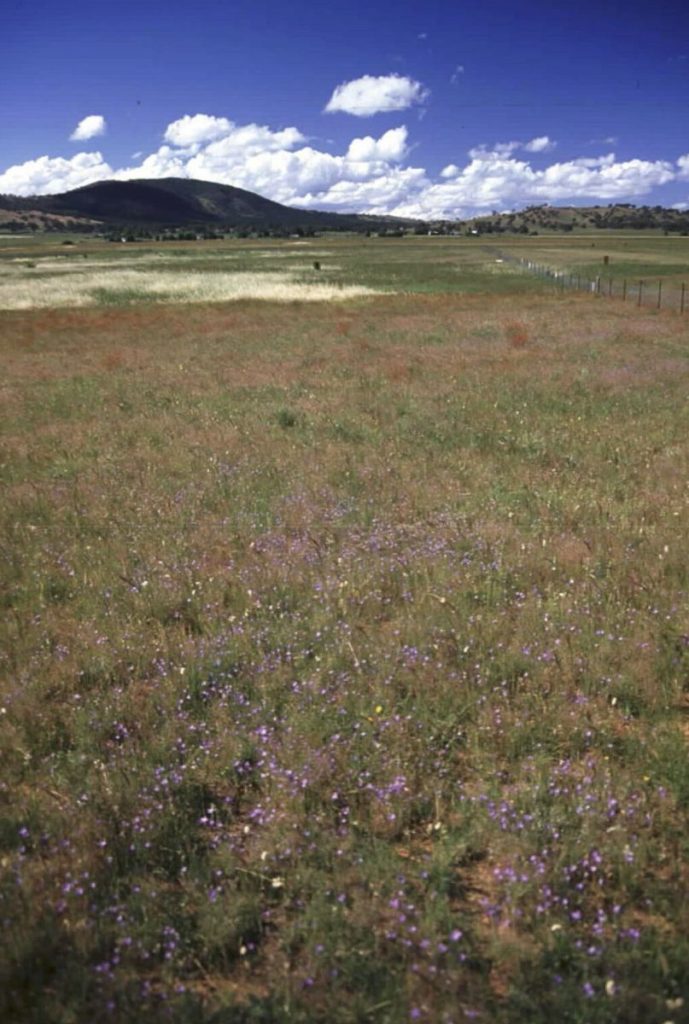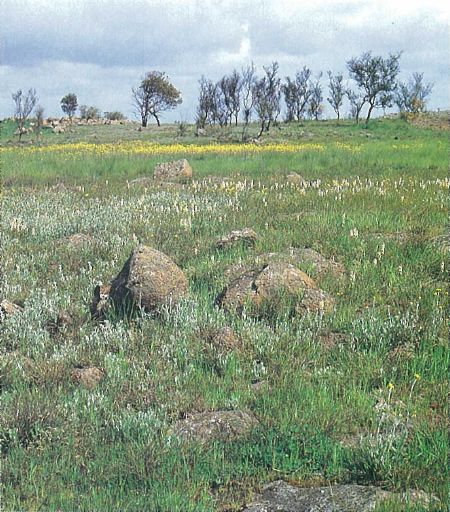“Cultural burning” practices of Indigenous people in Australia have become a topical issue because of the fire-prone nature of the Australian environment and the catastrophic bushfires that periodically occur here. There is evidence that Indigenous people have been present in Australia for at least 65,000 years. They have historically used fire in the landscape for a variety of social and religious purposes. The full length of time they have actively used fire is not known, but they began using fire to manage natural resources around Lake Thirlmere in the Illawarra at least 10,000 years ago, based on evidence from Williams and his group, who studied charcoal in lake sediments (source). Research at other locations may give a different duration of fire use for those locations.
Because of the widespread killing of Indigenous Australians by colonists since the late 1700s, much Indigenous knowledge has been lost. In some Indigenous communities in central and northern Australia, however, there has been little break in continuity of fire use because of the relatively small impact of ongoing colonisation on those communities. Much traditional knowledge in those communities has been retained. In other areas where Indigenous communities were decimated or removed, knowledge held by local Indigenous people has been partly or wholly lost. Indigenous Australians historically used fire to achieve short-term outcomes, such as facilitating hunting (by burning perennial spinifex-dominated grassland (Triodia spp.) in the cool-dry season in the Western Desert of Western Australia to make it easier to hunt sand monitors) or clearing paths for travel. These practices clearly have had long-term ecological consequences.
It is well known that fire can affect the structure of plant communities, including their strata and species composition. Different physical environments, for example, tropical savanna in Arnhem Land and vegetation on the temperate southeast Australian coast, each require a particular approach to vegetation management because of the different prevailing climates (rainfall and temperature), plant and animal communities, terrain, soil type, water availability, and so on.


Generally, in semi-arid woodlands, for example, reducing the frequency and intensity of fires increases the cover of woody plants. In temperate woodlands, the effect is not clear. As another example, in grasslands or plant communities with a grassy understorey, the effect of fire on the grassy community depends on both the dominant grass species and the climate. Different types of grassland respond differently to fire. In temperate areas of southeastern Australia where Themeda and Poa species grow together, Themeda (a C4 grass, which establishes in warm or hot conditions) will be favoured with more frequent fires and Poa (a C3 grass, which establishes in cool conditions) with less frequent fires. If fire is absent for a long time in those communities, exotic weed species can displace native species and become established in the nutrient-rich soil.
Burning grasslands has well-known ecological benefits (Williams, Marshall, and Morgan. 2015. Land of Sweeping Plains):
- Dead leaf matter of dominant grasses is removed, opening up the ground between tussocks to light and allowing small forbs (e.g., daisies, lilies, and orchids) to grow between tussocks.
- These forbs then produce plenty of seed, which is more likely to germinate, provided enough rain falls.
- Buds and tubers of existing forbs are maintained.
- Greater plant diversity results.
- The fairly open habitat encourages many ground-dwelling animals, such as the plains-wanderer (which is critically endangered because of loss of native grasslands to agriculture and grazing).
There are programmes in various parts of Australia to conserve native grasslands, which often exist only as remnant patches. Two good reasons to conserve and rehabilitate native grasslands are:
- To restore these threatened ecological communities, help protect threatened species, and increase biodiversity.
- To encourage the lower fuel load and lower wildfire risk of native grasslands rather than grasslands dominated by exotic species, which have a higher fuel load and higher associated wildfire risk.
It’s important to take site history into account when planning an environmental management approach. What time of year and how often to burn are also important factors. Some native grasslands along rural roadsides in Victoria are being burned every one or two years and have shown increased native species richness and reduced wildfire risk from reduced biomass. In other plant communities, fuel load may be more important than a pre-determined fire interval for timing burning.
Indigenous burning techniques, which are being recreated and refined and benefit from contributions from Western science, are being increasingly used for vegetation management in Australia, leading to a type of hybrid approach to environmental management. Indigenous burning in the landscape, for example, may now involve using modern technology, such as helicopters and GPS, to guide burning.
It’s being realised that the effect of non-Indigenous “prescribed” or “hazard-reduction burning” may not always be as successful at reducing bushfire risk as the typically low-intensity and small-scale Indigenous burning approaches, which produce a mosaic of burned patches in the landscape. In eastern Australia, Indigenous land management practices need to be recognised as valuable tools to reduce the risk of wildfires and increase public safety in the face of greater climatic extremes. These Indigenous methods have the associated bonus of conserving the species richness and biodiversity of Australian native ecosystems.

Author’s note: The points mentioned in this article have been taken from a variety of sources. The sources are listed below.
Background article: Williams A N, A dive into the deep past reveals Indigenous burning helped suppress bushfires 10,000 years ago, The
Conversation, 17th April, 2023
- Ansell et al. 2020.
- Bird et al. 2016.
- Bowman. 1998.
- Clarkson et al. 2017.
- Lunt et al. 2012.
- Royal Commission into National Natural Disaster Arrangements. 2020. Background Paper: Cultural burningpractices in Australia.
- Smith et al. 2021.
- Williams et al. 2015. Land of Sweeping Plains. CSIRO Publishing.
- Williams. 2023.
- Yibarbuk et al. 2001.
